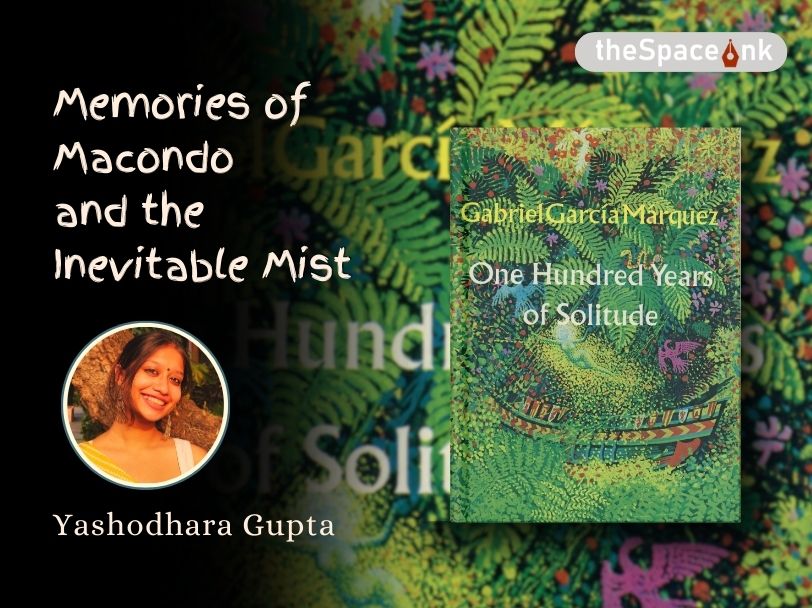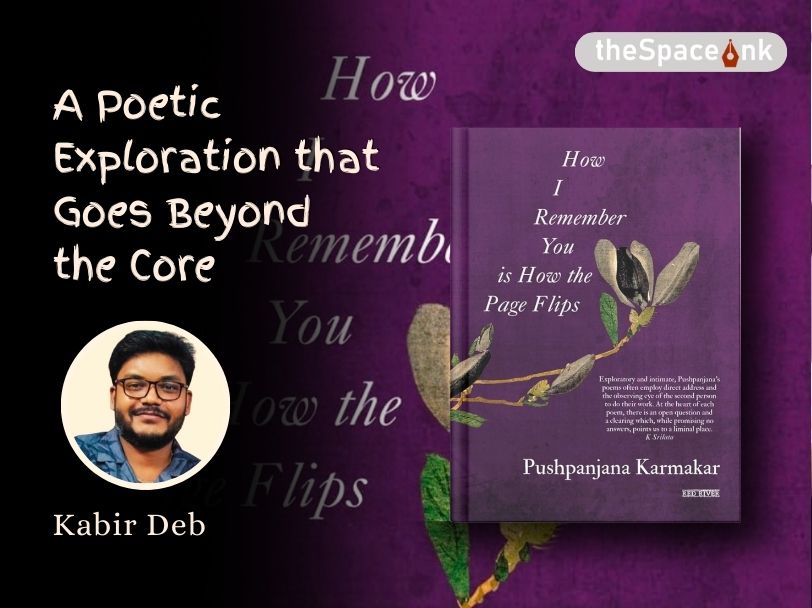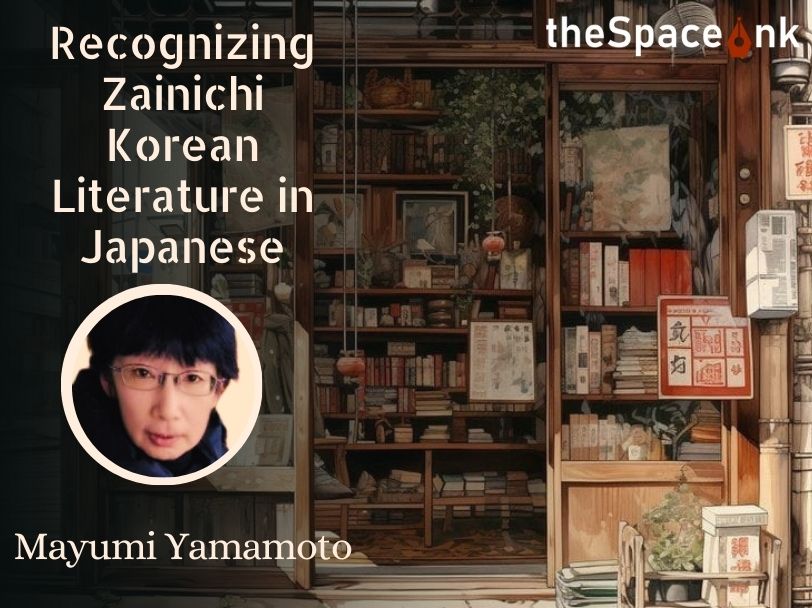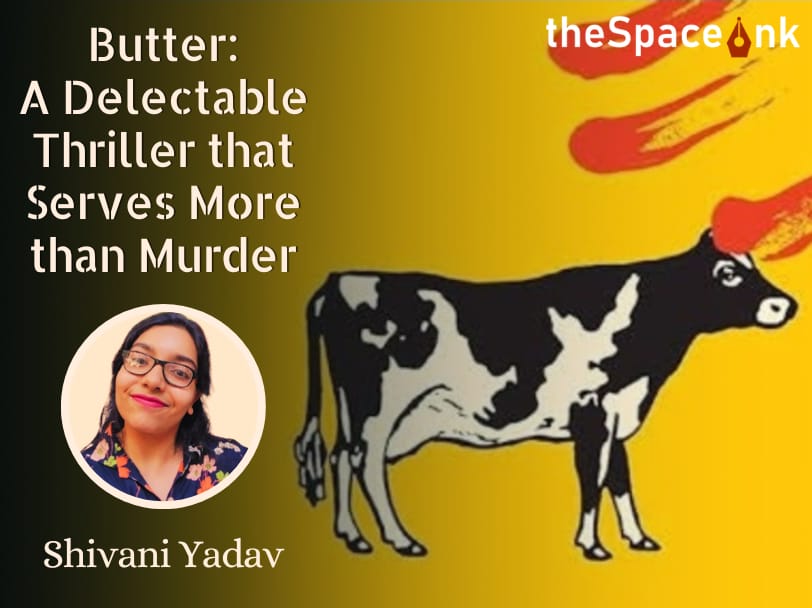In the Bengali cultural milieu, the Durga Puja festivities is not merely a religious extravaganza celebrating the yearly mythical return of Goddess Durga to her maternal home on earth. Over the years, it has transformed itself to a race rejoicing in the prospect of shared communal and racial harmony. Not to forget, the investment of a significant portion of the economic capital in terms of revenues generated through sponsorship and advertisements. So much so, that for many it is the proverbial case of innocence lost on different fronts, with the claim being that the glitz and glamour now associated with the week-long festivity has usurped the simplicity and nostalgic happiness of the times gone by.
Nostalgia is a curious word, more so for the Bengalis as a race.
It is the treasured privilege of a community that has been held onto and longed for, so much so, that it is often stated that the people in general suffer from a deliberate embracing of the times gone by, a one headed Janus only looking backwards to the past and relishing in the glory of the times gone by. With our world changing swifter than every turn on the axis, the defenders and sympathizers hope to clutch onto things that are fast vanishing, in the social and the familial sphere. One such thing that remains and yet, not in the way that it used to is the publication of the different Festival Issues of the literary magazines and newspapers, something that almost every young teen and adolescent girl/boy would look forward to reading during the Puja vacations.
But I am not going to talk about the merits and demerits of the literary scene in the otherwise once enviably fertile and Protean Bengali art and literature industry.
My memory of the publications is invariably linked to the man who was responsible for introducing me to the world of the kind of magic that only literature can conjure up.
A man well into his seventies, living with his wife in a small one-bedroom flat at Golf Green—he was my grandmother’s younger brother and Mejodadu to the kids of my generation.
Mejodadu was an incredibly well-read man. There was hardly any space to navigate in his modest flat, the walls covered with bookshelves and the stacks of magazines and books adorning the flooring. Every year before the pujas it was customary for us to pay him a visit and without fail return home with at least a couple of books, fodder for the upcoming break from the rigours of institutionalized education. The books would range from edited collection of short stories, books on the rules of Cricket, on unsolved mysteries of the world and sometimes even biographies of world leaders and philosophers.
Not only did it highlight his eclectic reading habits and the range of the field of his literary interests, but also an awareness of the pulse of the young—he knew very well what to gift and to whom.
A conversation with him would lead to the opening up of different vistas, an expansion of the intellectual horizon—he was, in a non-pejorative way, the perfect Saki serving us throughout the few hours we spent at his flat every 4/5 months.
What I remember most about him is the genuine interest with which he interacted with people—an interest in their lives, their struggles at school or office, and always having a patient ear, a rarity these days. To the likes of us, his questions ranged from how school was faring, what we planned to do when we would eventually pass out, the kind of things we were reading and quite often, that would be followed by recommendations about authors and poets we could check out—never intrusive, not for one moment imposing.
Growing up with grandparents or grandparent-like figures wasn’t an anomaly four decades back.
Even if they were not part of the immediate family, someone from the neighborhood or from the extended pool of relatives would always step in to fill in that spot. And this is by no means a cultural privilege that the Bengalis enjoyed, but rather a sign of the times across the societal fabric. And this found expressions across artistic formats cutting across language and medium of representation. Not only did we have Jagjit Singh referring to oldest relic of the neighborhood, an old woman, whom the children called naani who was a repository of stories, regaling the curious and doe-eyed kids.
Storytelling formed an integral part of this relationship, something I would like to call the “grandparent function.”
No wonder popular culture abounds in references and examples where the “grandparent function” comprises simultaneously storytelling and acting as a potential protective spirit—a storehouse of worldly wisdom dispensed without any reproach or moral high handedness. One only has to look at the character of the mysterious grandfather, played by Utpal Dutt in Satyajit Ray’s Aguntuk, the fictional character of Tarinikhuro, a widely travelled teller of tales who enjoys immense popularity amongst his listeners who are all young enough to be his grandchildren, and the elderly couple essayed by Amitabh Bachchan and Hema Malini in Baghban, which roughly translates as the caregiver of a garden, thereby highlighting the point about the protector and the guide.
Also Read: Myth and Madness: Review of “The One Legged”
And not only worldly wisdom, but even nitty-gritties of everyday life were passed on to us. Little things, but which would have a bearing later in life. For instance, my grandmother, whom I affectionately called Tatai, taught me the difference between saying a “Sorry” and an “Excuse me” once I sneezed. As I grew a bit older, she spoke of the concept of the Leap Year and later still, that there are different Time Zones in the world, and if there is light shining on a city, there is another drowned in the darkness of the night. And I am certain I wasn’t the only one benefitting from these pearls of wisdom, of different colours and shape.
Looking back, I have sometimes wondered what it meant to the ones like us.
Grandparent figures were the presence and promise of a portal—something near, yet far away.
Things seldom went wrong there; their voice and care tempered by the tempest and blows of time. And most importantly, the “Grandparent Function” underlined the presence of one who was beyond the purview of the mad rush of life. I am reminded of Gibran, who spoke of the sad state of affairs of the world, when he remarked,
“Men drink and race as though
They were the steeds of mad desire.
Thus, some are blatant when they pray
And others frenzied to acquire.”
Grandmothers sitting with their back to the winter sun- fingers mobbing surely with the certainty of the turning of the world around rosary beads; grandfathers devouring the day’s newspaper with the diligence of a civil service aspirant—these are images that were staple in a household half a decade ago. Their daily routine premised on a clockwork precision might have been difficult to get adjusted to for the young and the carefree, but their mere presence was a gift that was most precious and coveted. The “Grandparent Function” pampered us with everything. But most importantly, they pampered us with their time.
Where have all the grandparents gone? The answer to this innocuous question is a resounding NOWHERE. Because they are there, around us. But what I feel is lacking is the “Grandparent Function.”
With time, the concept of the “Joint Family”, in the middle-class milieu has almost vanished.
The Nuclear Family is the order of the day. The work culture, to a large extent, has also forced a migration of the work force—sometimes forced to relocate to different cities/ countries and sometimes, specially post pandemic, immured in the comfort of the home but cut off from the rest of the world mired and wired by the Work from Home culture.
All this problematizes the idea of rootedness—we are everywhere and thus nowhere.
It is this rootedness that was such a significant part of the “Grandparent Function”. It had taught us the idea of grounded-ness, knowing who we were and who we were not. Since we lived in a world where there was hardly anything, in terms of modes and channels of entertainment, socializing places and the license to splurge on stuff whether we needed it or not, the little that we had was everything to us. A generation that had been forced to leave their land and see people die in their refusal to do so, it was not surprising that they could have the insight and farsightedness to teach us the value of everything and nothing.
Most families live separately these days. Grandparents if alive and in the same city then probably in a separate house. Sometimes in a different city altogether. Sometimes this distance is unavoidable. Sometimes willingly chosen to avoid two worldviews impinging and suffocating the other. Unfortunately, the worldviews have come to be regarded as mutually exclusive and often exclusionary, where the ones of the older generation may be seen to be a stifling presence on their younger counterpart.

My greatest fear is that a culture that breeds on narratives might just find the drying up of the sea of stories, curated and preserved and then passed from one generation onto the other. The avenues of growing up will get narrower, and there will be fewer opportunities to learn from history. If we wouldn’t know where we came from, we wouldn’t know where we are going. And more than that, children seldom find someone around them, in life, to hold an umbrella for them when it rains. Even with failing eyesight and sometimes cataract vision, our grandparents had taught us to imagine with precision.
Where have all the grandparents gone?
Image Courtesy: Freepik, Adobe Stock, Shuttterstock

Sayan Aich Bhowmick
Sayan Aich Bhowmik is currently Assistant Professor in the Department of English, Shirakole Mahavidyalaya. His articles and poems have appeared in The Dhaka Tribune, Outlook Magazine, The Chakkar, Singapore Unbound and South Florida Poetry Journal.







